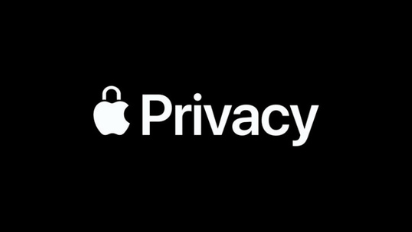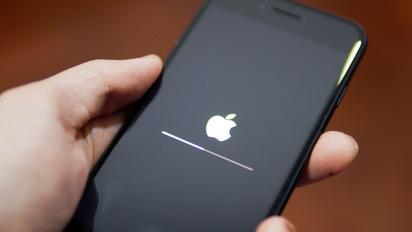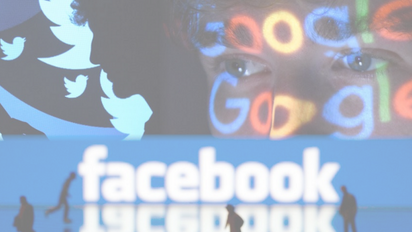The Latest
The world of online advertising is in constant flux. This week, we’re seeing major Facebook advertising changes that are in line with Meta’s broader efforts to align with stricter regulations and concerns over privacy.
What’s the update?
Facebook’s Detailed Targeting Update impacts how digital advertisers can target specific groups of people. Beginning January 19, thousands of targeting options—including references to causes, organizations, or public figures that relate to religion—were removed, affecting all existing and new ad campaigns immediately.
What does this mean for you?
Moving forward, any changes that you make to existing ad campaigns that formerly used targeting options will be paused until those targeting options are updated. However, if you leave the ad campaign as is, you have until March 17 to make changes, at which point the ad will automatically be paused.
The affected categories are broad—very broad—and only time will tell as to how Facebook will draw the line on those interests that aren’t explicitly part of a category. For example, “pro-life” is not in itself religious but could be considered an interest associated with religion.
While Facebook’s goal with this update is to broaden categories and reduce advertisers’ ability to target very specific categories of people, it’s not all doom and gloom for paid advertising. The impact from this update is a developing topic, but for now, there are six key ways that you can adjust your digital strategy today to ensure that you’re still effectively reaching your target audience. These tactics include a combination of using Facebook-generated leads and first-party data to create audiences, layering your audience options, and testing and optimizing each step of the way.
How to effectively utilize Facebook ads
Even with this update, Facebook ads remains an incredibly robust way to serve targeted ads to your ideal supporters and donors.
CREATE CUSTOM AUDIENCES FROM FACEBOOK-GENERATED LEADS AND EMAIL
Using first-party data to create custom audiences and lookalike audiences is one of the best ways to ensure that you’re targeting the right people. If you have a list of supporters and donors, whether from Facebook-generated leads or an email list, you can model a fairly specific audience segment.
LAYER CUSTOM LOOKALIKE AUDIENCES WITH DETAILED TARGETING
To create a more targeted audience, start with a custom or lookalike audience, then add detailed targeting based on engagement. Instead of choosing an interest that may no longer be available to you, organizations will still be able to use the Engagement Custom Audiences tool to reach people who’ve liked a Page, engaged with certain content, or watched videos within the Facebook and Instagram ecosystem.
TEST AUDIENCE EXPANSION
Once you have your lookalike or custom audience set up, opt for Audience Expansion. This gives Facebook permission to find you leads that it thinks would be a good fit through its algorithm and machine learning. And it’s definitely a tactic that you’ll want to A/B test and keep close tabs on.
How to expand your digital strategy beyond Facebook advertising
Facebook is only one method for reaching your audience. Here’s some ways to optimize other channels to reach more people and increase your brand awareness.
EXPAND YOUR ADVERTISING CHANNELS
From display ads to over-the-top (OTT) ads, there are lots of options to choose from based on your goals and budget. We suggest choosing one or two options to start trial campaigns with and then test, optimize, and grow your impact from there. Some to consider are:
- Display ads and search ads
- OTT ads on streaming apps and devices
- Sponsored content on relevant websites and media
- Ads within relevant or wide-reaching email newsletters
- Ads on geographic-specific apps such as Waze or Nextdoor
FOCUS ON ORGANIC SOCIAL CONTENT
Your organic social content is an excellent way to create buzz, connect with supporters, and create engagement… the kind that you can use to create custom audiences. The more organic content you create, the greater brand awareness you’ll receive which can play a big role in the effectiveness of your paid ads. Plus, organic social has much more flexibility than paid ads in that the type of content that you create can range from informative to collecting leads to just plain fun.
GATHER MORE FIRST-PARTY DATA
The more first-party data you have, the stronger your connection with prospects and supporters alike. First-party data is a direct line to your audience, and growing privacy concerns make it that much more crucial to continue building your own lists. Having your own email list or Facebook-generated leads is not only excellent for building custom audiences, but also for almost every other type of marketing strategy that you want to deploy.
With privacy updates becoming the norm (see Apple’s most recent update), Facebook’s update serves as a reminder that few things in the digital world are ever the same from year to year… and more importantly, that it’s vital to continue building first-party data, growing organic reach, and testing new advertising strategies.
Looking for more information?
For more information or assistance with your digital advertising strategy, contact us at info@thelukenscompany.com.





